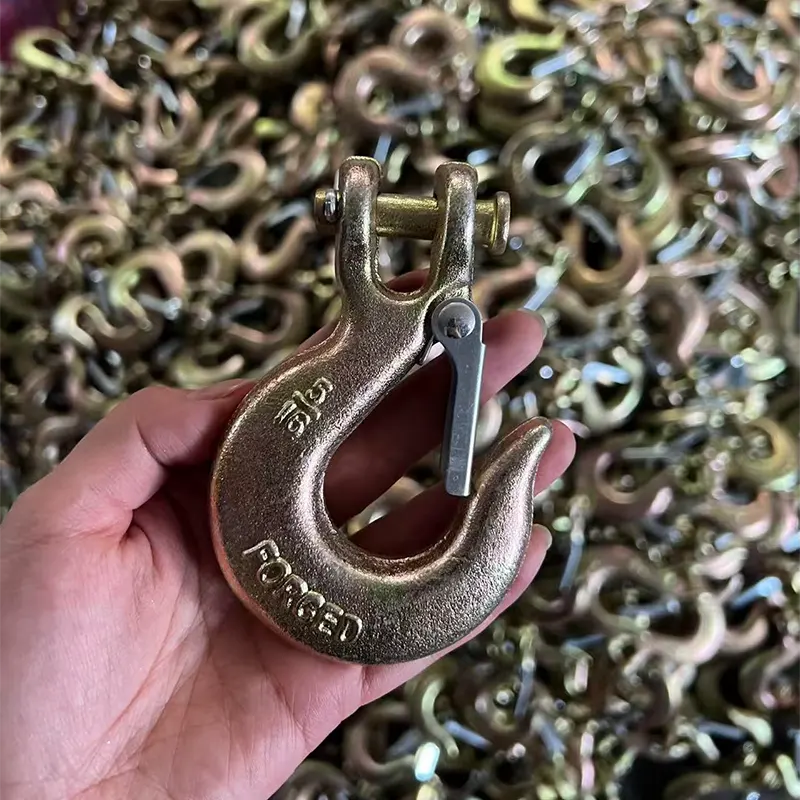How Can The Right Lifting Hooks Improve Your Work Efficiency
2025-11-21
In the world of material handling, efficiency isn't just about speed—it's about safety, reliability, and seamless workflow integration. The right lifting hooks are fundamental to this equation, and choosing a superior brand like AMBULL can transform your operational output. Standard hooks may get the job done, but they often come with hidden costs in downtime, safety concerns, and sluggish performance. AMBULL Lifting Hooks are engineered to eliminate these inefficiencies, providing a tool that is not just strong, but smart.
Our AMBULL products are designed with precision to deliver unmatched performance. Here are the key parameters that set them apart:
-
Material & Durability: Forged from high-tensile, heat-treated alloy steel for maximum strength and impact resistance.
-
Safety Factor: A 5:1 safety ratio, exceeding industry standards to ensure ultimate protection under load.
-
Load Capacity: A wide range from 1 ton to 30 tons, catering to diverse industrial needs.
-
Latch Feature: Equipped with a self-locking safety latch to prevent accidental disengagement of the load.
-
Surface Finish: A corrosion-resistant zinc plating that protects against rust and wear in harsh environments.
For a quick comparison, here is a specification table for two popular AMBULL models:
| Feature | AMBULL Model A-350 | AMBULL Model A-750 |
|---|---|---|
| Working Load Limit | 3.5 Tons | 7.5 Tons |
| Material | Alloy Steel | Alloy Steel |
| Safety Latch | Standard | Standard |
| Finish | Zinc Plated | Hot-Dip Galvanized |
| Primary Use | Warehousing, General Manufacturing | Construction, Heavy Machinery |
Lifting Hooks FAQ
Q: How often should I inspect my AMBULL lifting hooks?
A: You should perform a visual inspection before each use. A formal, documented inspection by a competent person should be conducted at least every 12 months, or more frequently depending on the intensity of use and operating conditions.
Q: What is the difference between a working load limit and a breaking strength?
A: The Working Load Limit (WLL) is the maximum mass or force that the product should be subjected to in regular service. The breaking strength is the actual force at which the product will fail. For AMBULL hooks, the breaking strength is typically 5 times the WLL due to our 5:1 safety factor.
Q: Can I repair a cracked or damaged lifting hook myself?
A: No, you should never attempt to repair, weld, or modify a lifting hook. Any hook that shows signs of deformation, cracks, or excessive wear must be immediately taken out of service and replaced. AMBULL hooks are designed for maximum safety and any alteration compromises their structural integrity.
Investing in the correct equipment is the simplest way to boost productivity and create a safer worksite. AMBULL Lifting Hooks are not just a purchase; they are a strategic investment in the smooth and profitable running of your operations. Stop letting inefficient tools slow you down.
Contact us today to find the perfect AMBULL lifting hooks for your application and feel the difference in quality and performance.



